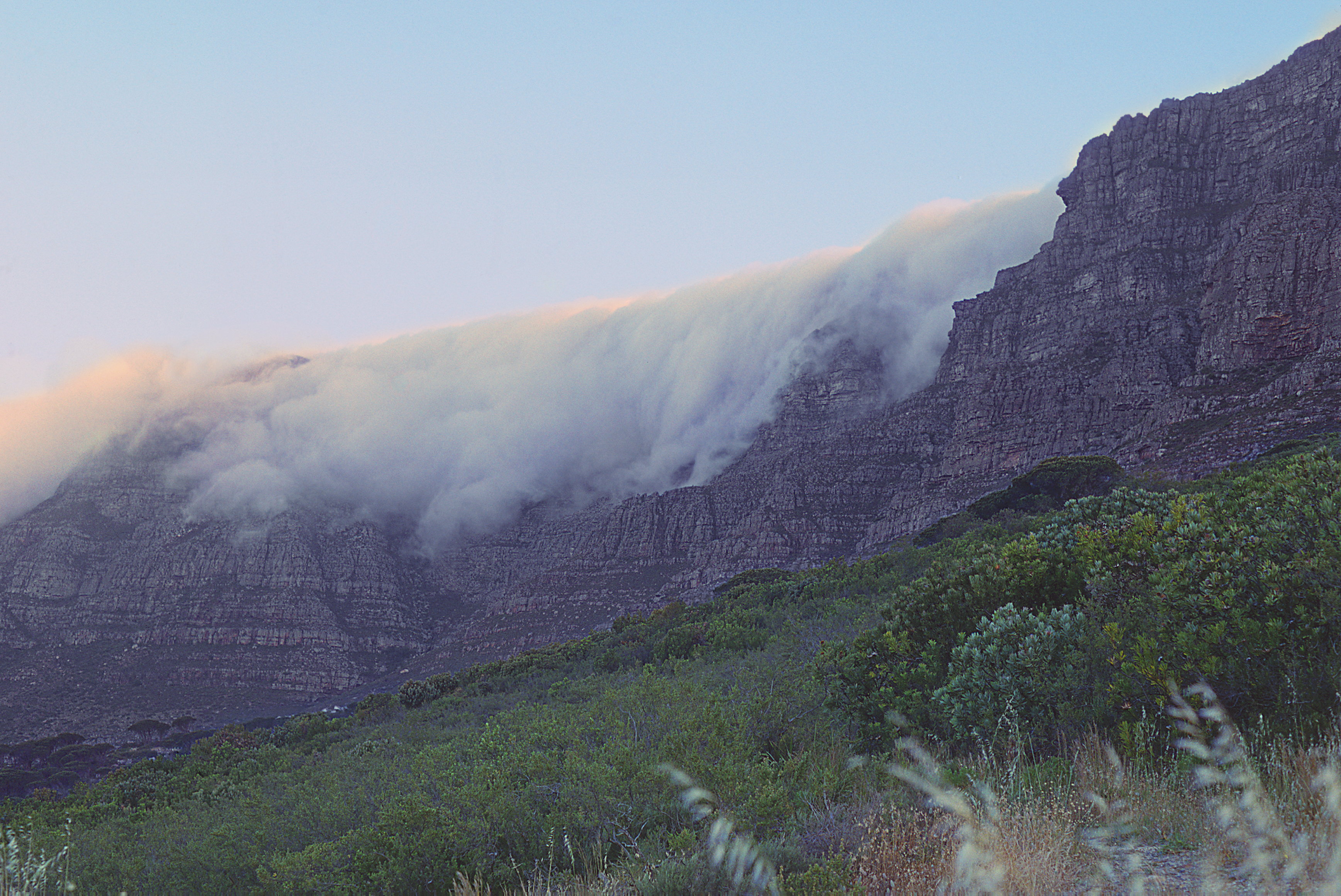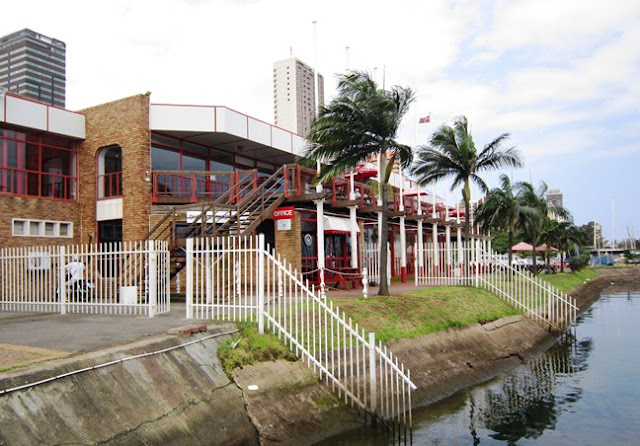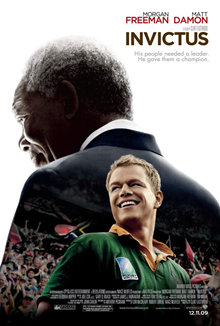After the time in hospital, I hopped on a plane to return to Toronto for the long rehab that was to come. The trip was 33 hours and included stops in Johannesburg, Doha (Qatar), and Washington. The good part was that we discovered Qatar Airways which not only was very cheap but is the top-ranked airline in the world the last few years. It was very comfortable, but I was on enough painkillers that perhaps it did not matter. The bad part was the NSA guy in Washington who insisted that I had to take my sling off so he could x-ray it. Duh!
Meanwhile June had moved Ainia, with the help of some very nice locals, onto a dock at the local yacht club marina. The people were great, moving boats around to get a spot open for us. The bad news was that the dock was very small, much better suited for a 30 footer than a 45. Also, the harbour is quite open to swells and winter was coming. It was obvious that a better solution was needed. So, June got two friends, Lou and Ann who we had toured with while at Richards Bay to help her take the boat around the fabled Cape Agulhas (the southernmost point in Africa - there really is no such thing as the Cape of Good Hope on the charts) to False Bay YC in Simon's Town which is also the location of the largest naval base in South Africa. Things went very well until they were just off the entrance to the yacht harbour where they were hit by katabatic winds (on top of the normal winds) (More about katabatic winds) of over 50 knots. In the end there was no damage done and June can say she doubled Cape Agulhas (and I can't!).
Meanwhile back home, I was involved with a continuous serious of visits to the Hand Program at Toronto Western Hospital. This is part of the University Health Network which is associated with the University of Toronto medical school. This program focusses on hand issues (OK, they do the odd foot, so perhaps it should be called the Paw Program) and has three surgeons and nine therapists. I was very fortunate to be looked after by these folks. I suspect they are among the best in the world at what they do. I ended up having two additional surgeries and twice a week visits with my therapist. The therapy was very strenuous and was done with open wounds, from the various surgeries until the end of April. It has turned out very well. The hand looks not very nice with lots and lots of scarring but I have pretty good function. The main problem seems to be in doing things that require a bit of force and a bit of precision at the same time. It still seems to be slowly improving after nine months.
Now to our plans
We are leaving on October 25th (have to avoid winter you know) and travelling via Rome. There are many ways to get to South Africa - none of them at all direct. We did some research and figured out we got stop in Italy for a time and the air fare will be the same as going in one long trip. We will spend some time in Venice, Bologna, Florence and Rome and get to go to Abu Dhabi (Etihad this time) and Johannesburg on the way. We will arrive at the boat very late on Nov. 5th.
We plan to spend about a month working on the boat - want to check everything and we are installing a new radar and electric autopilot. As time allows we will do a little more touring in the vineyards area near Cape Town. We also will bring the boat around to Cape Town which is only 45 miles but can be rugged as you get more katabatics. The photo below (not ours) shows the 'Table cloth' coming down from Table Mountain behind and to the south of Cape Town. Apparently when you see this, you can expect 40 to 50 knots not very far offshore.
We hope to leave Cape Town by the middle of December since the Pilot Charts suggest that the winds are good and waves along the coast are smaller than in January. Our intended route is shown below. We will go north along the coast to stops in:
- Namibia (Luderitz and/or Walvis Bay) - a total of 730 nautical miles
- St Helena I (where they sent Napoleon after Waterloo when he became too much of a nuisance) - 1200 miles
- Ascension I (British military base in case the Argentines get frisky over the Falklands) - 700 miles
- Barbados - 2500 miles (this will be the longest trip of the whole trip)
- Grenada - 200 miles (getting here will complete the circumnavigation)





















